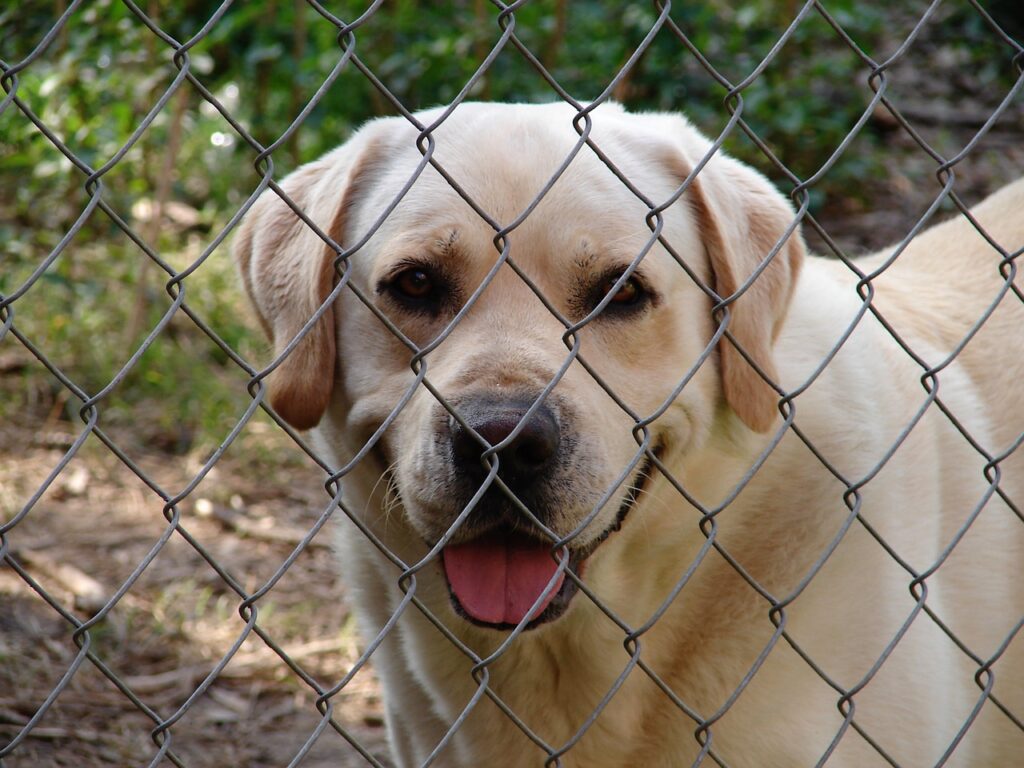
Finding a deceased dog is an unsettling experience. We appreciate everyone who recognizes that deceased dogs are probably beloved family members. Handled correctly it can give an owner closure and a sense of peace to at least know what the outcome was for their missing pet.
First and foremost make sure it is safe for you to do the following steps. If the dog’s body is on a roadway or in the ditch of a busy road, it is better to just make note of the location and contact the police or the local animal control agency. Don’t risk getting hurt or causing an accident.
If you can approach the deceased dog safely, here are some tips to help find the owner. It is always helpful to have a pair of disposable gloves in the car to use. If you are at all squeamish you may want to ask for help.
- Immediately take several photos of the dog from different angles. Note whether the dog has a collar and tags on. If so, get as much information from the tags as possible. Even a rabies tag can provide useful information. If possible, take photos of the tags as well. Note the size of the dog, gender and length of hair. Note any possible trauma to the body.
- Note the exact location of the body. This will help an owner or local authorities to retrieve it. You must be very precise because it can be difficult to spot a dog’s body on a roadway or in a ditch when driving. Also consider that scavengers may start to eat the carcass and it may become less recognizable as time goes on. If the dog is on a busy roadway you may want to move it off into the ditch to prevent further damage to the body. Again, be very careful doing this. Make sure it is safe for you to do this without potentially injuring yourself or others.
- Ask local authorities to take the body to be scanned for a microchip if they don’t already routinely do that. Bodies should never be buried or cremated until they have been scanned. If the microchip appears to be a dead end or unregistered use our free service to help find the owner by filing a report with Microchip Help
- Write up a description of what you have found and file a report with our partner, Pet FBI at www.petfbi.org. Include any photos that you took. We will post a description on the appropriate state page. The pictures will be masked so someone wanting to view them will have to click through to see them. The listing will also be put into a centralized database which will help any potential owners who are searching for their dog.
- Check our listings at www.petfbi.org as well as any other lost and found listings in the area for possible matches. Consider that the dog may have been lost a long time or may have travelled and crossed county and state lines.
Click on this article to learn more about the stages of decomposition of a deceased animal.






